Disease vectors are animals that carry and transmit an infectious pathogen into another living organism. Most of the time, microbes or parasites transmit diseases to humans by biting. There are also a few other ways that can also lead to vector-borne diseases which we are going to discuss. So let’s take a look and see some of the main disease vectors and what they transmit with us below.
1Black Fly
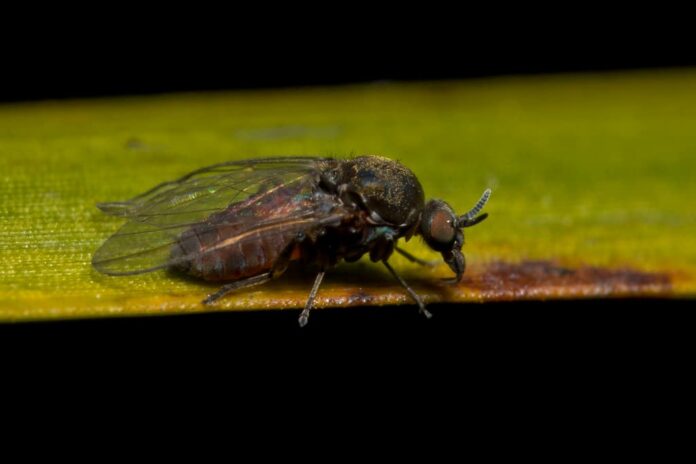
Disease: Onchocerciasis
Spread
Female black flies need to ingest blood for ovulation, and their main targets are humans and some certain animals in their environment. During the day, female black flies transmit the parasite bite while feeding on humans after they bit an infected person. When that happens, humans become infected when black flies deposit onchocerciasis infective larvae into the human skin during the biting. Once inside the human body, the larvae will mature into adults between 12 to 18 months. According to CDC, most adult female worms live in fibrous nodules under the skin near joints and muscles. Near the adult female worms are the adult male worms, and the nodules around them are part of the interaction between them and the host.
Symptoms
Some people do not experience symptoms during the infection at all because larvae can migrate through the human body without provoking responses from the immune system. For those who have symptoms, the common ones are itchy skin rashes, nodules under the skin, and vision changes. The larvae become detectable in the skin 12 to 18 months after the initial infection. More than that, adult female worms can produce thousands of new larvae daily while living inside the human body for years. The longer they live in the human body, the more damage they do to the body.
The larvae of black flies can destroy tissue and internal organs, most notably in the eye. This leads to the most common disease known as “River Blindness”. River blindness is the result of larvae that die in the eye that causes reversible lesions on the cornea. Without immediate treatment, it will result in inflammation of the optic nerve; hence vision loss and eventually blindness. On top of that, there can be some changes in the skin color that results in “leopard skin”. In some other cases, non-painful swelling of lymph glands also occurs although not common.
Prevention
So far, there are no vaccinations or drugs available for preventing the infection of onchocerciasis yet. However, there are a few methods that can do to protect yourself from black flies in the areas where they are common. Those include bed nets, covering the body by wearing long sleeve clothes, and using insecticides or repellents.
2Flea
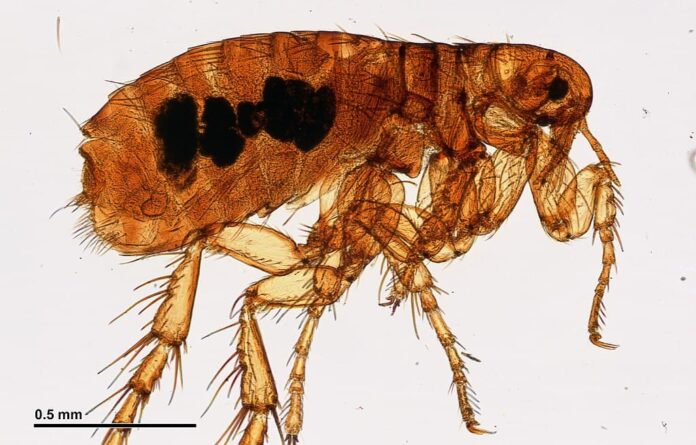
Disease: Cat Scratch Disease, Flea-Borne Typhus, Plague
Spread
Flea-borne infections are one of the most dangerous diseases that emerge and re-emerge in the world from time to time. Fleas prefer animal hosts but they will bite people when animals are not available. Adult fleas find hosts by detecting body heat and movement as well as vibrations caused by breathing and movement. These disease vectors transmit germs by feeding on hosts or through fecal contamination via scratches from infected hosts like cats.
There have been many cat lovers who were infected by cat scratch diseases. This generally occurs after a scratch from a domestic or feral cat infected by the flea. Another way is through flea feces aka flea dirt being inoculated through a cat scratch. The most common infection from these disease vectors is ground squirrel fleas and infected oriental rat fleas. Handling the animals infected with plague bacteria leads to the plague which occurs the most in rural areas of the western United States. As for the least common but possible transmission is when people especially kids accidentally swallow an infected flea. Flea-borne parasites such as tapeworms will get into the children’s bodies which is very risky to their health.
Symptoms
The most common symptoms that you can tell right away are intense itching and redness from the bites. For those who are bitten by fleas that are disease and parasite vectors, they can cause allergic reactions. Among the 3 main diseases, only murine typhus shows immediate and the most symptoms. Those include body aches, appetite loss, chills, cough, fever, muscle pain, rash, nausea, stomach pain, and vomiting. Severe illness is rare, and most people recover completely.
As for the other two especially the plague, the symptoms are very obvious and serious. Without immediate and proper treatment, it can damage one to more organs such as the brain, heart, liver, lungs, and kidneys. Because sometimes symptoms of flea-borne diseases are similar to symptoms of other diseases, diagnosis can be inaccurate at first. The important part is to mention the contact with cats or stray animals that may be the host to fleas.
Prevention
There is no vaccine to prevent flea-borne diseases, but there are certain things to do to avoid the diseases. If you have pets, make sure to keep them flea-free by using flea-control products. At the same time, keep animals and rodents away from your home by sealing up holes where they can enter. Remember to keep tight lids on compost and trash cans as well as store food in tight sealing containers. For stray animal lovers, wash your hands after you touch them and avoid petting them. In case you have to handle dead or sick stray animals, wear gloves and carry them carefully at all times.
3Mosquito
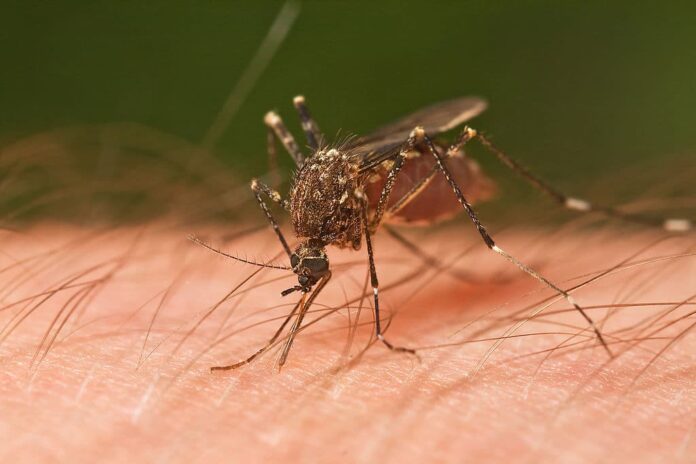
Disease: Chikungunya, Dengue Fever, Malaria, West Nile Virus, Yellow Fever, Zika Virus
Spread
Depending on the area, mosquitoes can cause a wide range of dangerous diseases to both children and adults. Different diseases are caused by different parasites that mosquitos carry during the time of the bite. The most common mosquito-borne diseases are dengue fever, malaria, Zika fever, along with many more. Mosquitos transmit infectious pathogens between humans or from animals to humans by biting. These bloodsucking insects ingest disease-producing microorganisms during a blood meal from an infected host. Once infected, they will be able to transmit the parasite or viruses to the next host for the rest of their lives.
Symptoms
The symptoms of mosquito-borne diseases are different based on the parasite or virus that the vectors carry. Some of the most common signs are diarrhea, fever, headache, joint pain, muscle pain, rash, and vomiting. As for certain diseases, the symptoms are:
- Chikungunya: fever, joint pain, headache, joint swelling, muscle pain, and rashes.
- Dengue Fever: belly pain, blood in stool, high fever, frequent vomiting, gums or nose bleeding, muscle and joint pain, severe headache, vomiting blood.
- Malaria: anemia and jaundice, diarrhea, fever, headache, muscle aches, nausea, shaking chills, tiredness, vomiting.
- West Nile Virus: body aches, diarrhea, fatigue, fever, headache, skin rash, vomiting.
- Yellow Fever: fatigue, fever, headache, jaundice, muscle pain, nausea, vomiting.
- Zika Virus: conjunctivitis (red eyes), eye pain, fever, headache, joint pain, muscle pain, rash.
Prevention
Mosquitos are not new to us, but we are still careless around them at some point.
At home, you should use air conditioning or screened windows and doors to prevent mosquito bites at home. Make sure to remove standing water from containers around the house and yard to reduce mosquito breeding areas.
There are some preventions that you can do to keep yourself safe when visiting areas where mosquito-borne diseases are common. Use insect repellent containing DEET and wear full sleeves clothing when you go out. Sleep in mosquito nets, and use insecticides around your sleeping areas outdoors if you have to.
4Sandfly
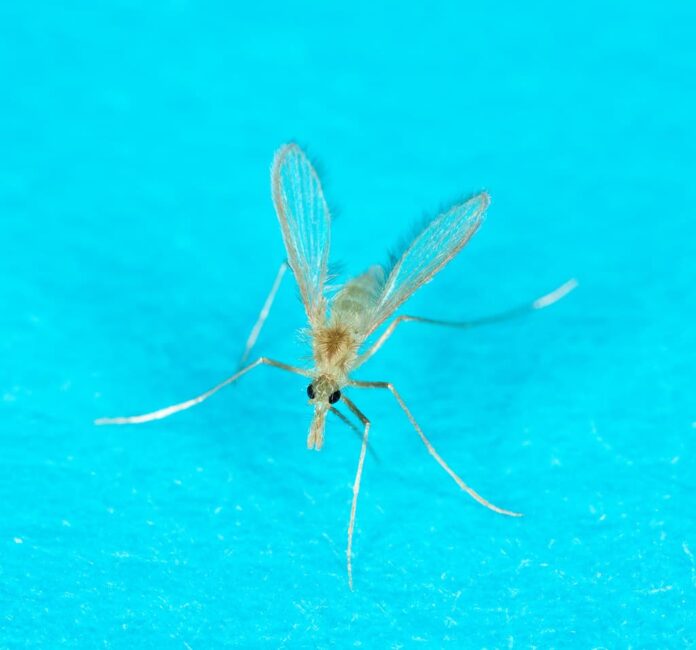
Disease: Leishmaniasis, Sandfly Fevers
Spread
There are many sandfly species in Europe, and they are dangerous disease vectors to stay away from. With 500 known species, 20 of the infected sandflies can spread the subtropical and tropical disease of leishmaniasis via biting. Sandflies are active in the evening and at night, and those are when they search for blood. Female sandflies need to suck blood in order to obtain the protein necessary to develop their eggs. Along with that, only female sandflies transmit the protozoa that infect themselves with Leishmania parasites from infected hosts. Once infected, the painful sting that she delivers to her next host will inoculate that victim with the parasite.
Symptoms
Because there are several different forms of leishmaniasis in people, there are also various symptoms as well. There are 3 most common forms which are:
Cutaneous Leishmaniasis is the form of a disease that produces skin ulcers on the exposed parts of the body. At the same time, it causes skin sores on the arms, legs, and faces of the patients. This disease can produce a large number of lesions that can be up to 200 sometimes. It can cause invariably serious disabilities that permanently scar the patients in the infected areas.
Mucocutaneous Leishmaniasis is a form of disease where lesions can lead to the partial or total destruction of mucous membranes. The lesions usually occur on the mouth, nose, and throat cavities as well as surrounding tissues. Such degrading and disabled forms can result in victims being cast out and humiliated in society.
Visceral Leishmaniasis aka Kala Azar is the form that causes systematic disease. It is characterized by anemia, irregular bouts of fever, swelling of the liver and spleen, and substantial weight loss. This last form can result in death without proper treatment, and the fatality rate is extremely high in developing countries.
Prevention
There are no drugs or vaccines to prevent infection from these disease vectors available at the moment. If you visit areas where sandflies and their infections are common, there are preventive measures to have in mind. Bring bed nets, insecticides, and repellents as well as wear long sleeves clothing if you camp outdoors. Make sure to spray your living and sleeping areas to kill the insects if you don’t sleep in well-screened areas. Avoid outdoor activities especially from dusk to dawn because sandflies are most active at those times.
5Snail

Disease: Angiostrongyliasis, Clonorchiasis, Fascioliasis, Paragonimiasis, Schistosomiasis
Spread
While being one of the most common snacks in many countries in the world, snails are also one of the disease vectors. Because they are not bloodsucking animals, one main way to transmit the parasites is by human consumption. Eating raw or undercooked snail meat and contact with the debris associated with preparation can lead to infection. Another possible for getting the disease is by contacting or drinking freshwater contaminated with the parasites. Using unclean water is very common among children and people living in developing countries.
Symptoms
The symptoms of snail-borne diseases and snail fevers are different, depending on the diseases they have. Some of the most common ones are abdominal pain, bloody stool, blood in urine, diarrhea, rash, and skin blisters. For those who have been infected for a long time may experience more serious signs. Those include bladder cancer, infertility, kidney failure, and liver damage. Things are also serious with children as they may experience learning difficulties and poor growth.
Prevention
Because the transmission is from raw and uncooked snails, one of the methods is to make sure that they are well-cooked. Another way is to avoid drinking or coming into contact with contaminated water in areas where the diseases are common. The World Health Organization is also working hard in some developing countries to eradicate the diseases. According to the data, clean water and sanitation help so much in reducing infections from snail-borne diseases.
6Tick
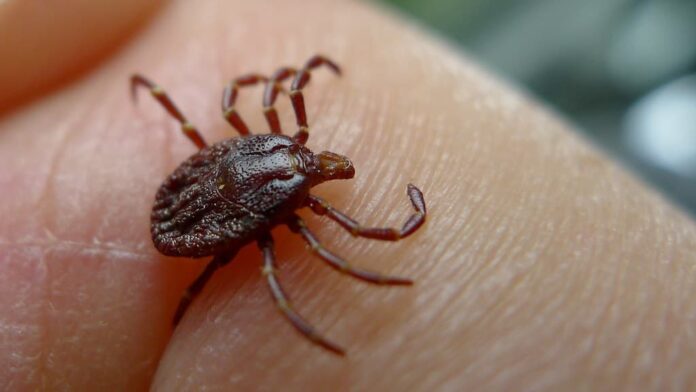
Disease: Helvetica Spotted Fever, Lyme Disease, Relapsing Fever, Rocky Mountain Spotted Fever
Spread
Actually, there are many tick-borne diseases that occur around the world but we only talk about the most common ones. Tick-borne diseases are second only to mosquitos when it comes to dangerous disease vectors. As bloodsucking insects, ticks transmit diseases and pathogens to humans via biting while feeding. This is the same way how they are infected when they feed on host animals with blood-borne infections. While feeding, ticks secrete a small amount of saliva that may enter the skin during the feeding process. If the tick contains a pathogen, it will transmit that pathogen to the host animal or humans right away.
Symptoms
There are several common symptoms of tick-borne or tick-related illnesses. Those are aches, chills, fever, lesions, pains, rash, and even worse, ulcers. Another tick-borne disease is “tick paralysis” and it is caused by toxins in tick saliva. Although rare, the symptoms include acute ascending and flaccid paralysis that is often confused with other neurologic disorders or diseases. However, the paralysis and symptoms will subside after 24 hours of removing the tick.
Prevention
These insects can bite you at any time, but they are most active during warmer months. They live in brushy, grassy, and wooded areas as well as on animals. Ticks only bite outdoors, so there are important measures that you can do to prevent them from biting. Those are:
- Avoid walking in brushy and wooded areas if possible.
- Perform regular tick checks and remove them as soon as possible.
- Wear permethrin-treated clothing to reduce tick bites when working outdoors.
- Examine your gear and pets for ticks after walking outdoors and before getting into the house.
- Wear light-colored and protective clothing such as long-sleeved clothes and closed-toe shoes.
7Triatomine Bug
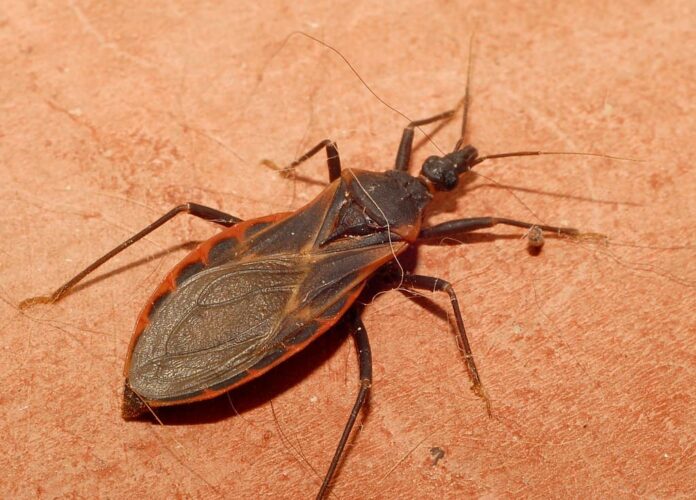
Disease: Chagas Disease
Spread
One of the most dangerous disease vectors is triatomine bugs aka the kissing bugs. These large bloodsucking insects carry the parasite Trypanosoma Cruzi that causes Chagas disease. They earn the nickname kissing bugs because they often bite people in the face. Kissing bugs are mostly active at night, and they feed on the blood of birds, mammals, and reptiles. The bugs ingest the parasites when they feed on an infected animal or person. Then they will deposit the parasites with their feces on the skin of another person during or shortly after feeding. Rubbing or scratching on the biting areas will make way for the parasite to enter the body through the bite wound or broken skin.
Symptoms
According to CDC, Chagas disease has an acute and chronic phrase that can be serious without treatment. Acute Chagas disease occurs instantly after the infection, and it can last from a few weeks to months. The first phase is asymptomatic or mild so there may be a fever or swelling around the inoculation site. Acute infection may lead to severe inflammation of the brain, lining around the brain, or heart muscle although it is very rare.
Between 20% to 30% of infected people will develop severe or life-threatening medical problems. Those are abnormal heart rhythms that can cause sudden death, dilated heart, or dilated colon or esophagus. Even without the parasites, kissing bugs can still cause some discomfort to people who are allergic to their saliva. When this occurs, the skin near the bite area may become red, itchy, and swollen. In serious cases, the risk is an anaphylactic shock which leads to a blood pressure decrease and trouble breathing.
Prevention
It is not common to experience a kissing bugs infestation in the house, but it is also good to take precautions. For those who live in an area where Chagas disease occurs, there are a few things that you can do.
- Clean your pet beds regularly
- Move piles of firewood, leaves, and rocks out of the yard
- Keep chicken coops and other animal cages away from home
- Turn off outdoor lights near the house at night to avoid attracting bugs
- Seal cracks and gaps in the house to keep bugs out, patch any holes, and put screen windows
Related Post: Pets That Can Transmit Diseases




